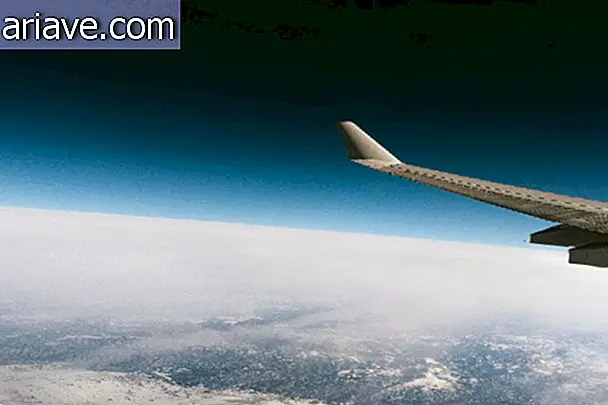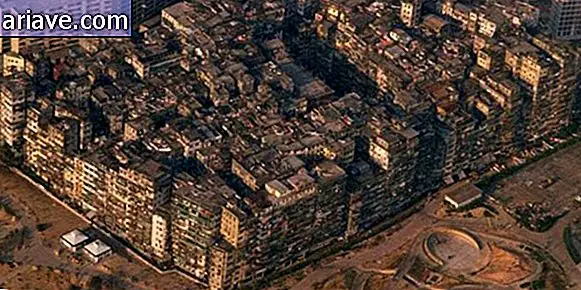World's oldest underground fire has lasted 6,000 years
The abandoned city of Centralia, Pennsylvania, holds what they call the underground coal fire, which has been burning for fifty-two years. However, this time period is nothing compared to the duration of the oldest underground fire in the world.
Beneath Burning Mountain (something like “Burning Mountain”) in Australia is a huge fire that has lasted 6, 000 years, scientists estimate.
Coal fires are incredibly common and thousands of them are now burning in various parts of the world. The coal strip, which is about 224 kilometers from Sydney, Australia, increased activity a month ago, spewing poisonous gases and generating intense firefighting efforts.
Consequences

At the burning of the mountain, also known as Mount Wingen, sulfur-colored smoke is the only clue to the huge coal strip that burns about 30 meters below ground. The heat and toxic gases from the fire have left rocky ground uneven in some parts and the earth has given way. In the images taken last month, you can see how the underground fire engulfed the entire mountain, showing a frightening scenario.
Scientists say it was with human intervention of the last century that coal fires really got worse and more dangerous. Coal mining exposes it to oxygen, causing the mineral to burn easily. With plenty of fuel and oxygen, a small spark can ignite a growing flame, covering hundreds of miles.
But it is not only in Australia that this happens in worrying proportions. China, with thousands of small mines, and India, with its ancient ruins, have serious problems with underground fires with releases of toxic gases such as arsenic, fluorine and selenium, which cause respiratory problems in the population.
Flammable soil
The associated coal and sandstone layer, in addition to the shale and clay layers of Mount Wingen, is called the Koogah Formation. This formation is attributed to belong to the beginning of the Permian Period, which comprises the last period of the Paleozoic era. The Permian Period succeeded the Carboniferous and dates from 290 million to 248 million years ago.
Below the Koogah Formation are the dense basalt lavas, which is also attributed to the Permian era, as well as other formations that include fossilized crustaceans. The burning zones of this soil are cracks and faults, which scientists believe where the fire originated.
These small cracked collapsed areas containing highly altered and molten rocks could represent “chimneys” through which high-temperature burning gases escaped into other layers of sandstone and clay that may have increased the flammable power of the site, reaching to the coal area.
But how did this coal layer light up? From a series of surveys, it is estimated that the firing range has been moving south of the terrain at a rate of about one meter each year, having moved about six thousand meters to its current position. With this line of reasoning, scientists believe that if coal burned in the past as it did at the present rate, the fire probably started about six thousand years ago.











